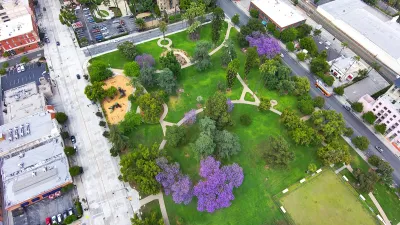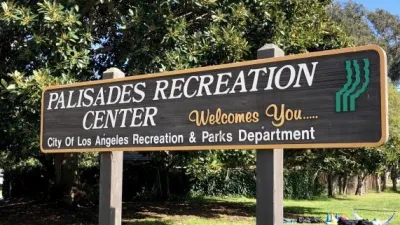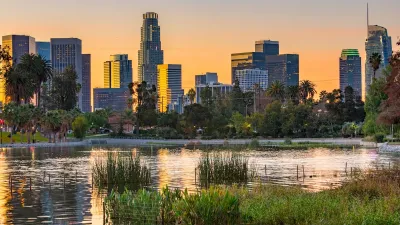L.A. County's Parks and Rec Dept. has just completed a major study of the county's park needs. Departmental Facilities Planner Clement Lau explains the study and below are a few things that came to light.

The Los Angeles County Department of Parks and Recreation (DPR) just released its Los Angeles Countywide Parks and Recreation Needs Assessment report. The release culminated a 15-month effort by DPR that started in March last year, writes Departmental Facilities Planner Clement Lau.
The study, he explains:
- Uses a set of metrics to measure and document park needs for each study area;
- Establishes a framework to determine the overall level of park need for each study area;
- Offers a list of priority park projects for each study area;
- Details estimated costs for the priority park projects by study area;
- Builds a constituency of support and understanding of the park and recreational needs and opportunities; and
- Informs future decision-making regarding planning and funding for parks and recreation.
Thousands of residents participated in workshops across the county, revealing a high level of interest in park and recreation issues. Community workshops were facilitated by the lead agency in each study area which was either an individual city or the County. (A few cities and the County opted to use community-based organizations as facilitators for a number of the meetings.) Facilitators were provided with various resources, including a group training session, a Facilitator Toolkit in print and digital formats, and a $2,500 stipend to cover workshop expenses. Translation of workshop and outreach materials were also available in Spanish, Chinese, Korean, and Armenian.
- [M]ore than half of L.A. County residents live in areas of very high or high park need.
- Study areas with Very High park need have an average of just 0.7 acre of parkland per 1,000 residents and areas with High park need have an average of 1.6 acres of parkland.
- A total of 200 new park projects were prioritized in 138 study areas.
- The total rough order-of-magnitude cost to implement park project identified by communities and managing agencies, as well as deferred maintenance, is $21.5 billion.
- This consists of $8.8 billion for prioritized projects, $12 billion for deferred maintenance, and $0.7 billion for specialized facilities.
On July 5, 2016, the Board of Supervisors adopted the Countywide Parks Needs Assessment and voted in support of placing a parks funding measure on the November ballot. The “Safe, Clean Neighborhood Parks, Open Space, Beaches, Rivers Protection and Water Conservation Measure” would add a parcel tax of one-and-a-half cents per square foot of development.
FULL STORY: Parks and Recreation Needs Assessment: The L.A. County Story

Alabama: Trump Terminates Settlements for Black Communities Harmed By Raw Sewage
Trump deemed the landmark civil rights agreement “illegal DEI and environmental justice policy.”

Study: Maui’s Plan to Convert Vacation Rentals to Long-Term Housing Could Cause Nearly $1 Billion Economic Loss
The plan would reduce visitor accommodation by 25% resulting in 1,900 jobs lost.

Why Should We Subsidize Public Transportation?
Many public transit agencies face financial stress due to rising costs, declining fare revenue, and declining subsidies. Transit advocates must provide a strong business case for increasing public transit funding.

Paris Bike Boom Leads to Steep Drop in Air Pollution
The French city’s air quality has improved dramatically in the past 20 years, coinciding with a growth in cycling.

Why Housing Costs More to Build in California Than in Texas
Hard costs like labor and materials combined with ‘soft’ costs such as permitting make building in the San Francisco Bay Area almost three times as costly as in Texas cities.

San Diego County Sees a Rise in Urban Coyotes
San Diego County experiences a rise in urban coyotes, as sightings become prevalent throughout its urban neighbourhoods and surrounding areas.
Urban Design for Planners 1: Software Tools
This six-course series explores essential urban design concepts using open source software and equips planners with the tools they need to participate fully in the urban design process.
Planning for Universal Design
Learn the tools for implementing Universal Design in planning regulations.
Smith Gee Studio
Alamo Area Metropolitan Planning Organization
City of Santa Clarita
Institute for Housing and Urban Development Studies (IHS)
City of Grandview
Harvard GSD Executive Education
Toledo-Lucas County Plan Commissions
Salt Lake City
NYU Wagner Graduate School of Public Service





























